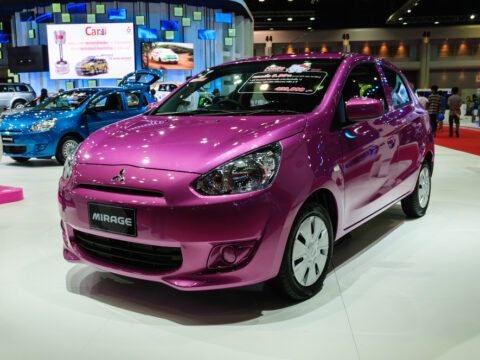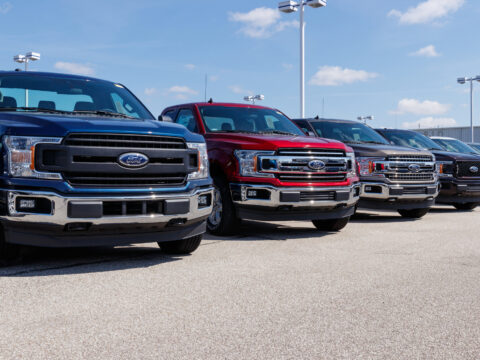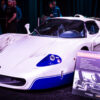Traditional car enthusiasts often have specific reservations about electric vehicles (EVs), which contrast sharply with their love for internal combustion engine (ICE) cars. Here, we delve into the core reasons why some die-hard fans of ICE cars remain skeptical or critical of the electric revolution. Here are 10 common critiques they often express:
Contents
Lack of Engine Sound

One of the most voiced concerns is the absence of the traditional engine sound in EVs. Enthusiasts cherish the roar of a gasoline engine, something that’s inherently missing in the near-silent operation of electric motors. The auditory experience of revving engines and the exhaust note is a crucial part of the driving experience for many, which EVs cannot replicate.
Driving Dynamics and Weight
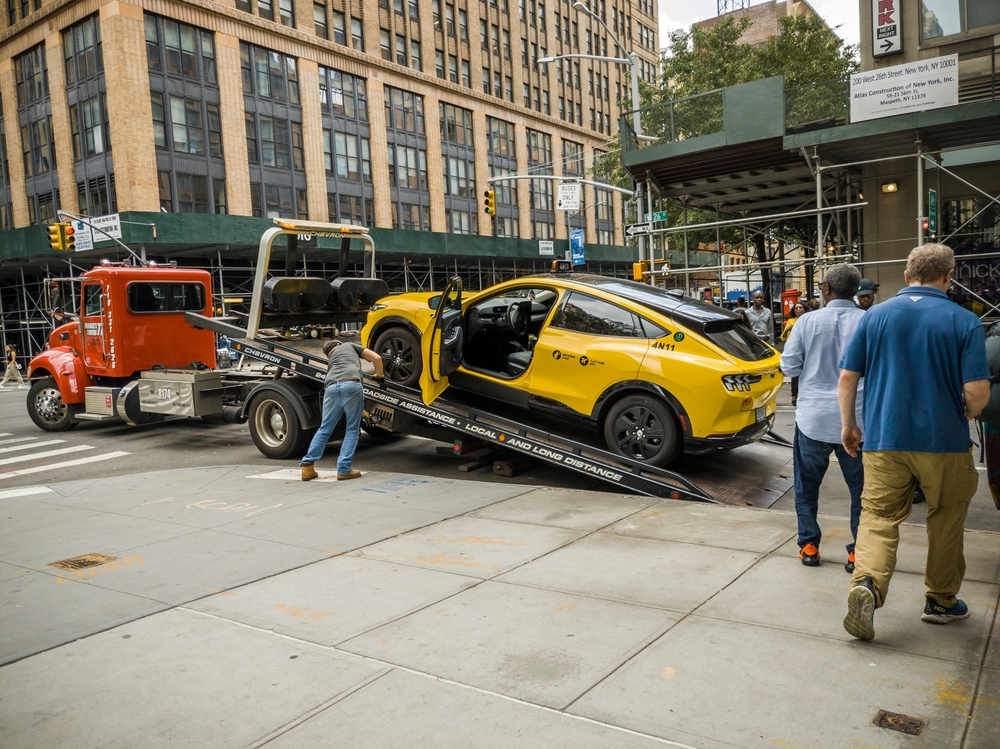
EVs generally have a heavier curb weight due to their battery packs, which can affect handling and agility. Traditional enthusiasts often prefer the lighter, more nimble feel of ICE vehicles, especially in sports cars where driving dynamics are crucial. The weight distribution in EVs is different, which can lead to a driving experience that some enthusiasts find less engaging.
Instant Torque vs. Progressive Power Build-Up
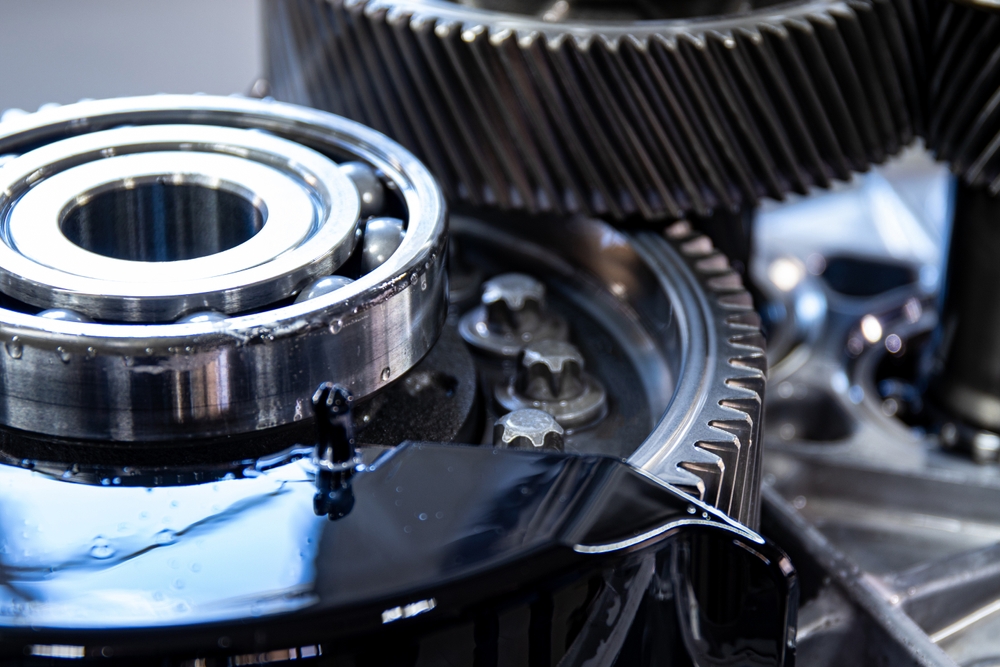
EVs are known for their instant torque, providing rapid acceleration from a standstill. However, enthusiasts often miss the progressive power build-up of a gasoline engine, where the surge of power increases with the revs. This characteristic of ICE vehicles is often described as more exhilarating and engaging.
Vehicle Customization and Tuning Limitations
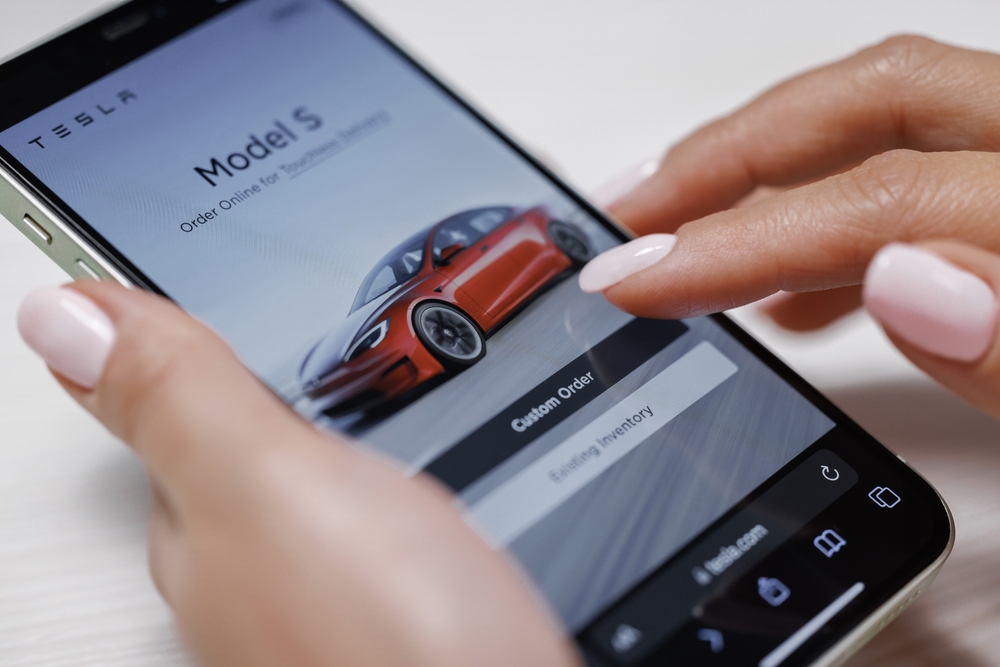
The culture of tuning and mechanically customizing cars is a core aspect of car enthusiasm. EVs, with their software-centric and sealed powertrain systems, offer limited opportunities for such mechanical customizations. This lack of tunability is often seen as a downside by many enthusiasts.
Charging Time vs. Refueling Time
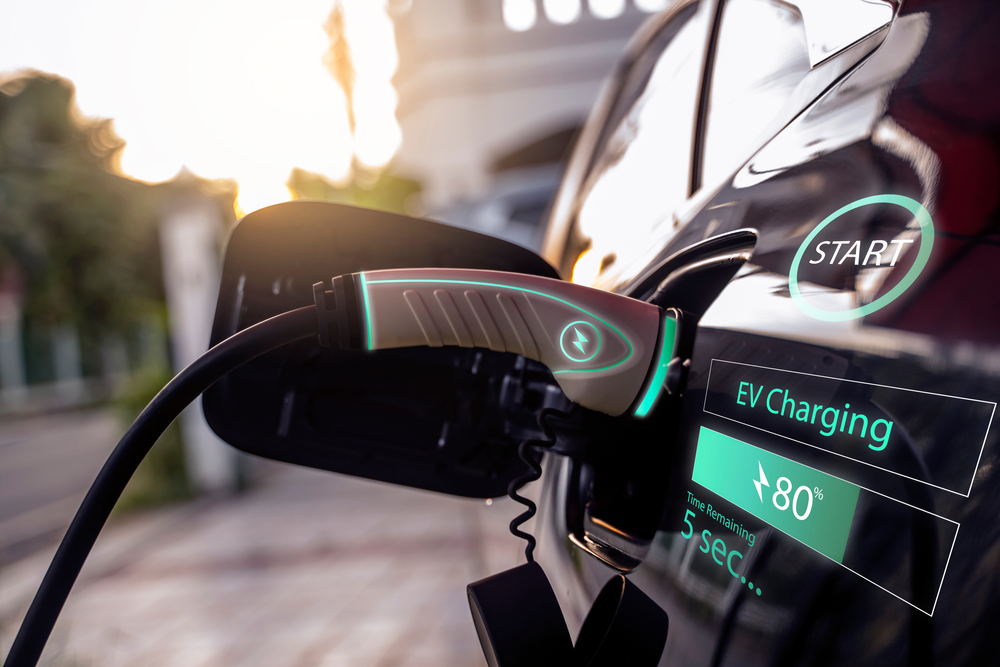
The time it takes to recharge an EV’s battery compared to filling up a gas tank is a significant point of contention. While refueling an ICE vehicle takes a few minutes, recharging an EV can take several hours, depending on the charging infrastructure and technology. This aspect is often cited as a major inconvenience compared to traditional cars.
Range Anxiety
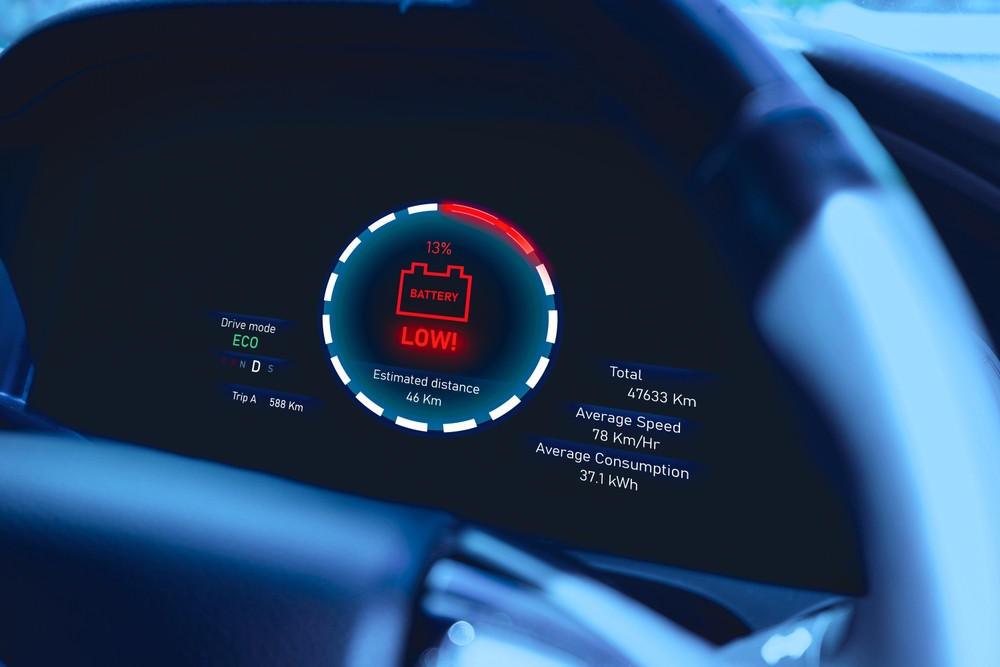
Despite improvements in battery technology, range anxiety remains a concern. Traditional cars can cover longer distances and can be quickly refueled, making them more convenient for long journeys. EVs, while improving, still lag in terms of total range and the availability of charging stations in certain areas.
Emotional Connection and History

Many car enthusiasts have a deep emotional connection to traditional cars, often tied to their history and legacy. Iconic gasoline cars have stories, races, and historical significance that EVs currently lack. This emotional aspect plays a significant role in the preferences of traditional car enthusiasts.
Environmental Impact of Battery Production
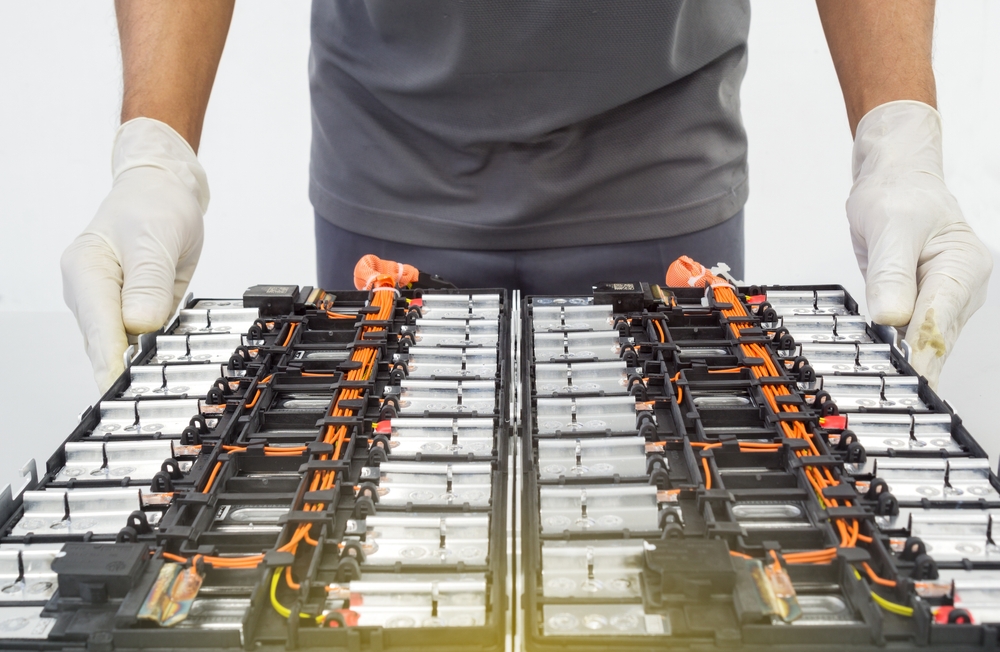
The environmental impact of manufacturing and eventually disposing of EV batteries is a concern. The mining of materials like lithium and cobalt has environmental and ethical implications, which some enthusiasts cite as a downside compared to the more familiar production and recycling processes of ICE vehicles.
Cost of Entry and Depreciation
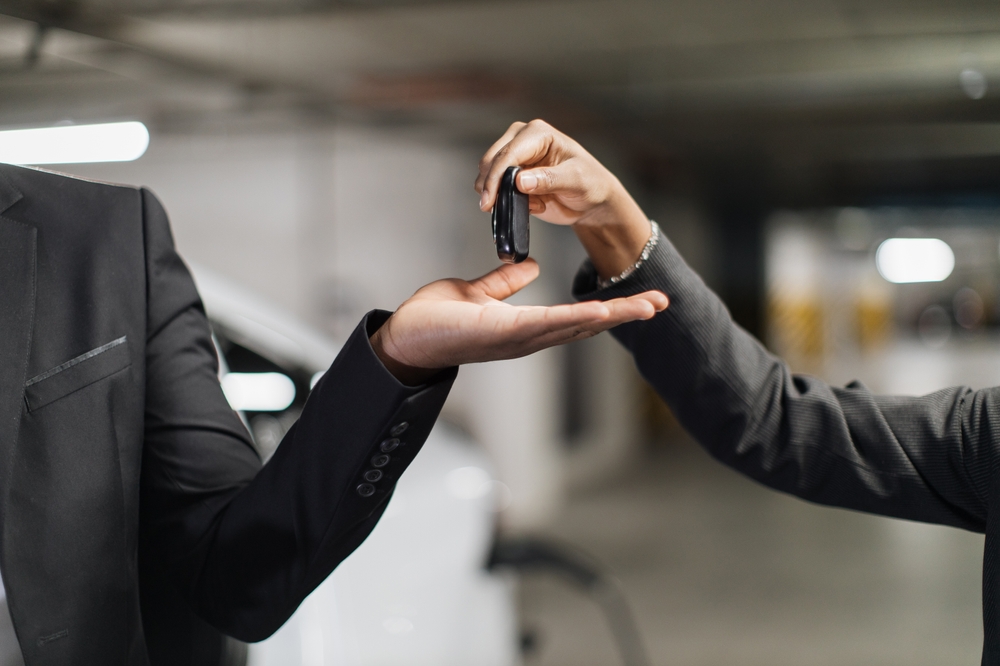
Currently, EVs generally have a higher upfront cost compared to their ICE counterparts, which is a barrier for many enthusiasts. Additionally, the rapid advancement in EV technology can lead to quicker depreciation, another financial concern for potential buyers.
Lack of Manual Transmission
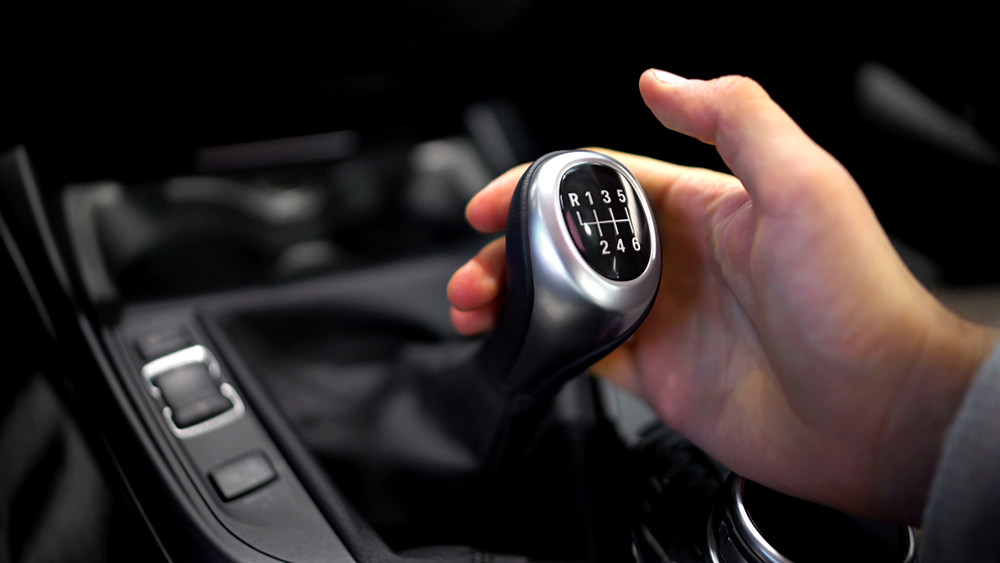
The absence of a traditional manual transmission in EVs is often lamented by enthusiasts who cherish the control and engagement of a stick shift. The experience of manually changing gears is an integral part of the driving enjoyment for many, which is absent in the automatic-only EV world.
This article originally appeared on MyCarMakesNoise.
More from MyCarMakesNoise
Top Picks for the Safest Small Cars on the Road

Size doesn’t always equate to safety, especially when it comes to the new generation of small cars hitting the roads. This article aims to debunk the myth that smaller cars can’t offer top-notch safety features. Read More.
Exploring the World`s Best Auto Shows
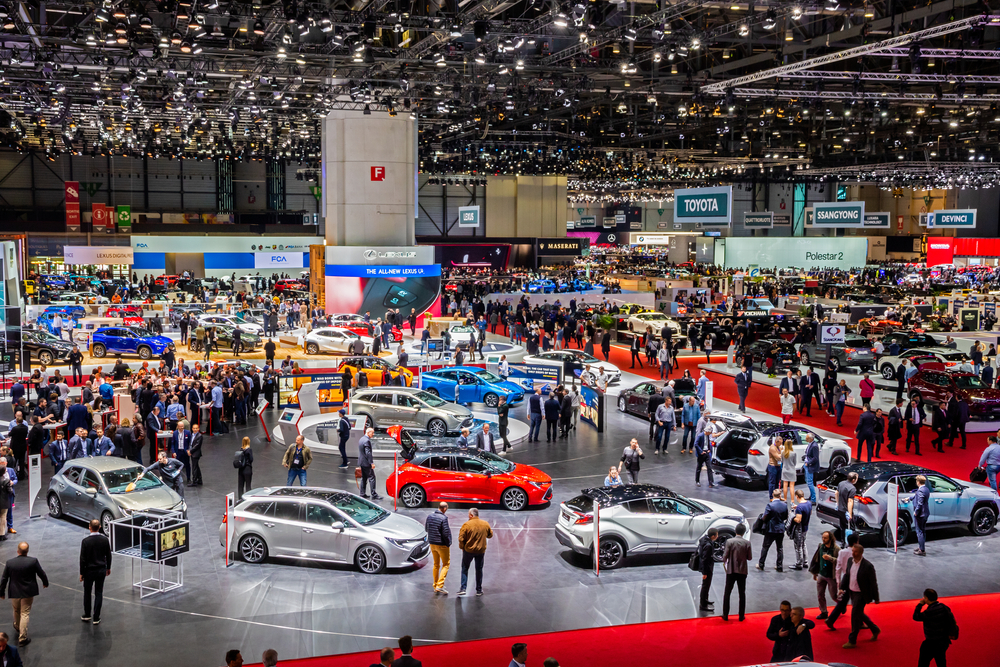
Whether you’re dreaming of the latest hypercars or a connoisseur of timeless classics, there’s an auto show out there that speaks your language. Read More.
Top American Muscle Cars for Drag Racing
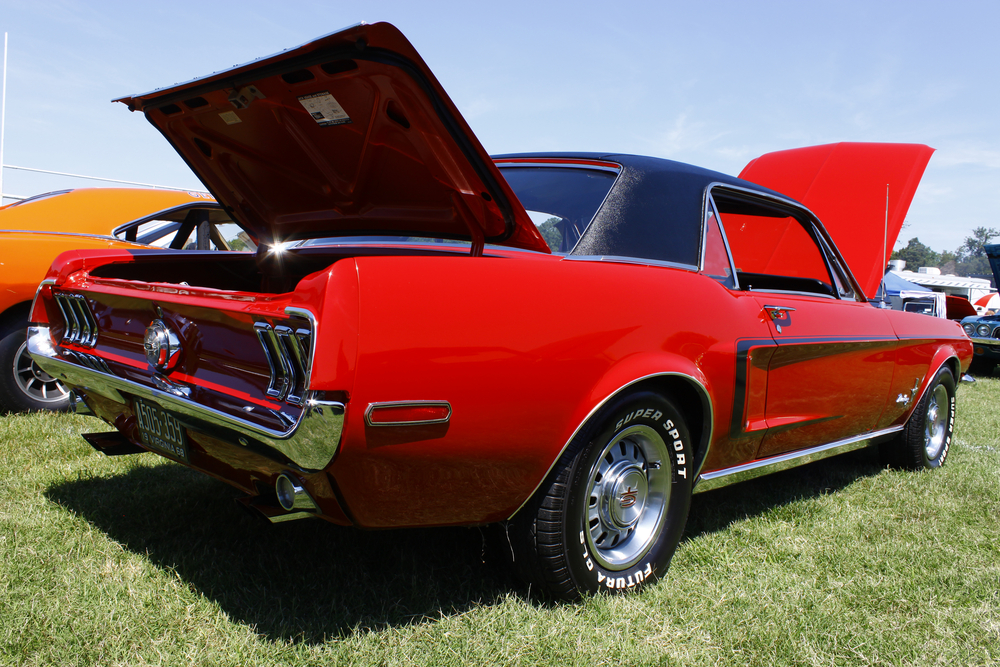
In this exploration, we’ll spotlight the American muscle cars that have become legends on the drag strip, looking under the hood of each one to uncover what makes them the beasts they truly are. Read More.

